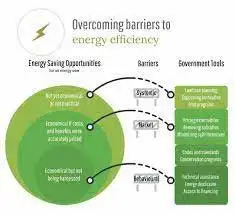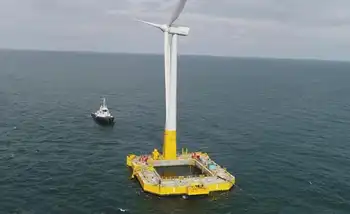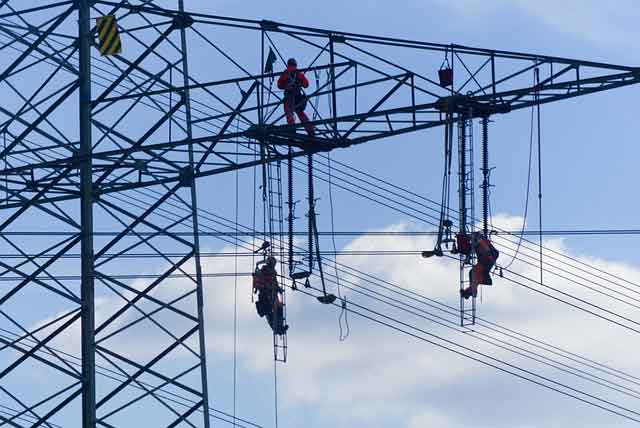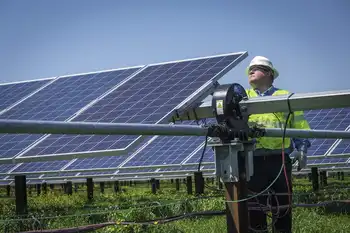Oakville power plant approved
The Ontario Power Authority announced that TransCanada Corp. has been selected to design, build and operate the electricity generating station, which the McGuinty government says it needs to supply the growing power needs of the GTA.
The site, located next to the Ford Motor Co. manufacturing plant at the corner of Ford Dr. and the QEW, was one of four being considered. The other three, all located in the neighbouring Mississauga community of Clarkson, had sparked similar local protests from residents, politicians and health officials in the area.
The power authority expects the plant – a "peaking" plant that will run primarily when electricity demand is high – to be operational by the end of 2013, in time to support the government's schedule of shutting down all coal-fired power plants in the province.
"This new plant will meet the local needs for a reliable supply of electricity, strengthen Ontario's overall system, while performing far above Ontario's stringent air emission standards," said Colin Andersen, chief executive of the power authority.
TransCanada says it will invest $1.2 billion in the project, which is expected to create 600 construction jobs over 28 months and 25 permanent jobs. Oakville stands to collect $1 million annually in municipal taxes from the facility.
The McGuinty government also announced a plan to reduce industrial emissions in the southwest GTA, including an investment of $30 million toward industrial efficiency measures and a commitment to develop more renewable-energy projects in the area.
Related News

Ontario to Provide New and Expanded Energy-Efficiency Programs
TORONTO - Ontario will be making available four new and expanded energy-efficiency programs, also known as Conservation and Demand Management (CDM) programs, to ensure a reliable, affordable, and clean electricity system to power the province, drive electrification and support strong economic growth. As there will be a need for additional electricity capacity in Ontario beginning in 2025, and continuing through the decade, CDM programs are among the fastest and most cost-effective ways of meeting electricity system needs.
Conservation and Demand Management
The Ontario government launched the 2021-2024 CDM Framework on January 1, 2021. The framework focuses on cost-effectively meeting the needs of…




